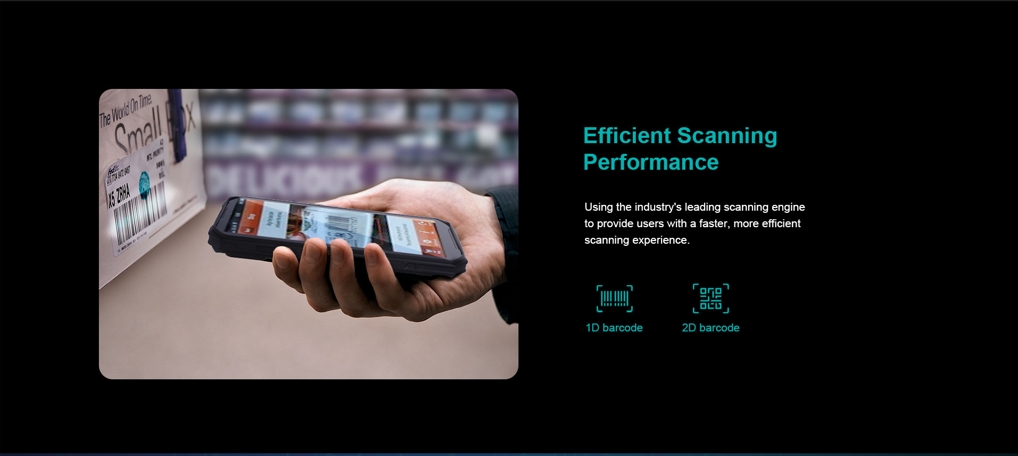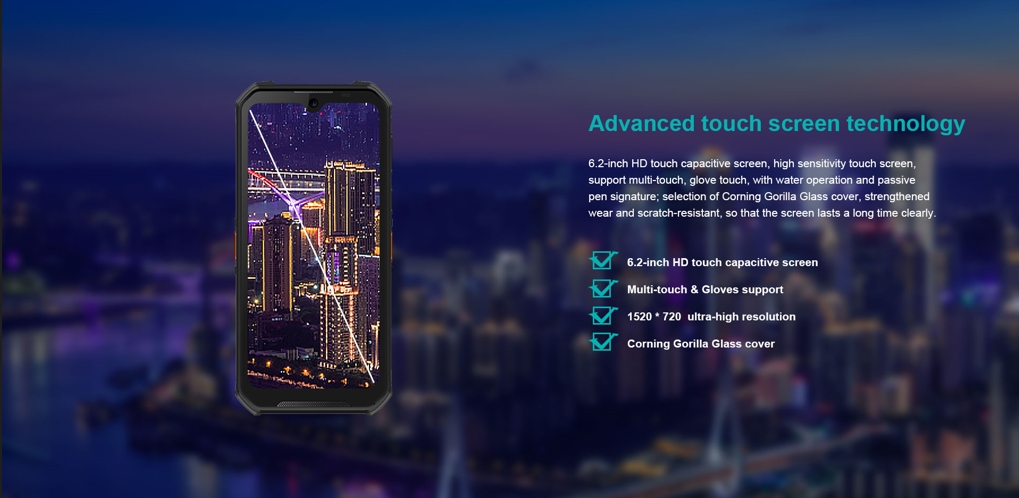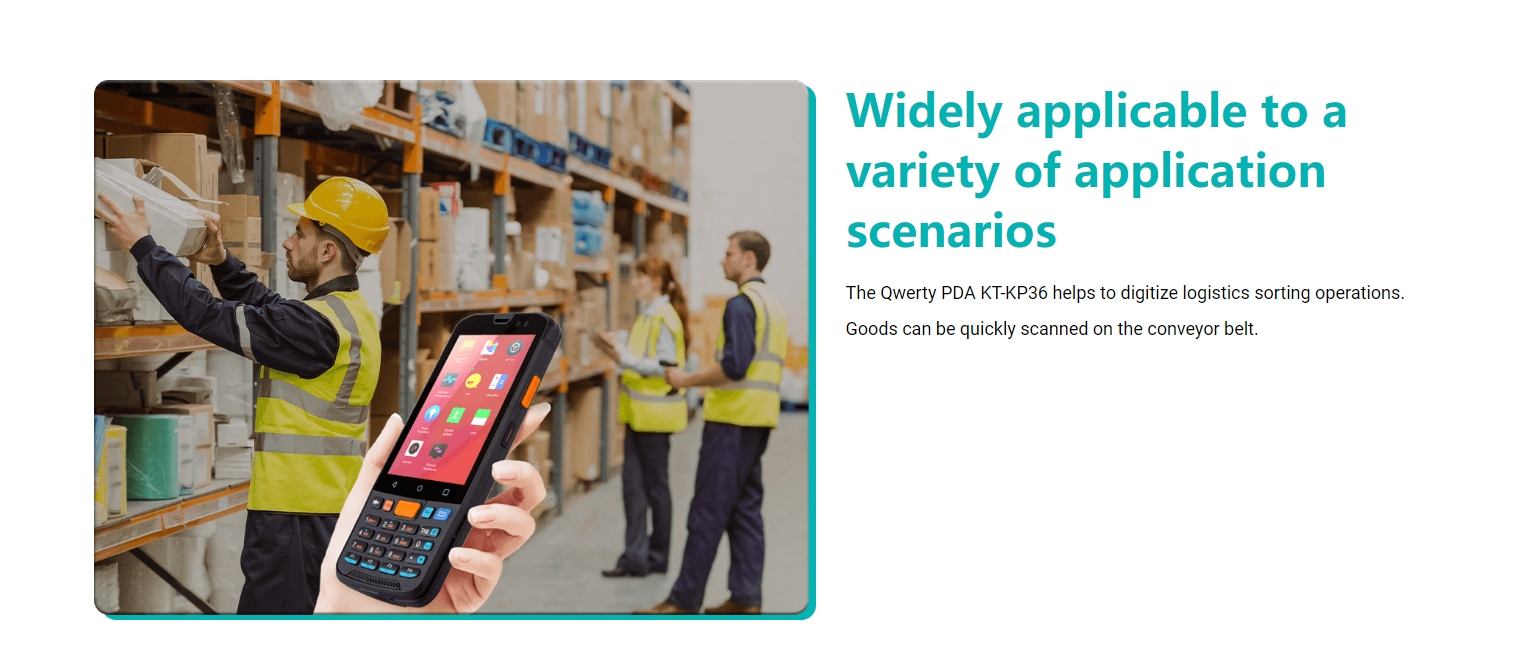Seamless tracking, inventory management, and authentication have been revolutionized across various industries through the advent of RFID (Radio Frequency Identification) technology. At the core of this technology lies the RFID reader, a crucial component that captures and interprets data from RFID tags. In this blog post, we will explore the ins and outs of RFID reader technology and highlight some reliable manufacturers that are driving innovation in the industry.

Understanding RFID Reader Technology
RFID readers are equipped with an antenna, a transceiver, and a decoder, enabling them to establish communication with RFID tags by utilizing radio waves. These readers emit radio waves through the antenna and receive signals in return from the RFID tags, thereby capturing the stored information within them. The transceiver, connected to the antenna, reads and decodes the data received, while the decoder converts the data into a readable format for further processing.
The emerging trends and advancements of RFID Reader Technology
The field of RFID reader technology is constantly evolving, and there are several emerging trends and advancements to be aware of. Let's explore some of them:
Increased Connectivity Options: RFID readers are becoming more versatile in terms of connectivity. Manufacturers are incorporating multiple connectivity options such as Wi-Fi, Bluetooth, and cellular networks. The capability for seamless integration with current systems and the facilitation of real-time data transmission heighten the overall efficiency of RFID solutions, further optimizing their performance.
Edge Computing Capabilities: RFID reader technology is experiencing a surge in the adoption of edge computing, a paradigm where data processing takes place at or in close proximity to the data source. This approach is gaining prominence as it offers numerous advantages in terms of efficiency and real-time decision-making within the realm of RFID technology. By performing data processing tasks locally, RFID readers can reduce latency, enhance response times, and minimize network congestion. Edge computing also enables intelligent decision-making and analysis at the reader level, reducing the need for constant communication with central servers.
Improved Read Range and Accuracy: Manufacturers are constantly working on improving the read range and accuracy of RFID readers. Advancements in antenna design, signal processing algorithms, and radio frequency engineering have led to significant enhancements in these areas. Longer read ranges allow for greater flexibility in reading tags from a distance, while improved accuracy ensures reliable data capture even in challenging environments.
Enhanced Power Efficiency: Power efficiency is a crucial consideration for RFID reader technology, especially for applications that require prolonged battery life or use battery-powered readers. A significant focus for manufacturers is the development of energy-efficient RFID readers that minimize power consumption during operation. This emphasis on efficiency not only extends battery life but also reduces the frequency of charging or the need for battery replacement, enhancing convenience and cost-effectiveness for users.

Integration with IoT and Cloud Platforms: RFID reader technology is increasingly being integrated with Internet of Things (IoT) platforms and cloud-based systems. This integration allows for seamless data exchange, remote management, and real-time analytics. By leveraging IoT and cloud connectivity, businesses can gain actionable insights, enable remote configuration and monitoring, and facilitate scalable deployments of RFID solutions.
Advanced Data Security: With the growing importance of data security, RFID reader manufacturers are implementing advanced encryption and authentication mechanisms. These security features protect sensitive information during transmission and storage, guarding against unauthorized access and ensuring data integrity.
Miniaturization and Wearable Form Factors: RFID readers are becoming smaller, more compact, and even wearable. Miniaturization allows for easy integration into various devices and applications, while wearable readers provide hands-free operation, particularly useful in industries like healthcare, logistics, and retail. Wearable RFID readers enable seamless data capture and improve productivity by freeing up the hands of users.
In conclusion, the field of RFID reader technology is witnessing several exciting advancements and trends. Increased connectivity options, edge computing capabilities, improved read range and accuracy, enhanced power efficiency, integration with IoT and cloud platforms, advanced data security, and wearable form factors are some of the notable developments. These advancements open up new possibilities and opportunities for businesses to leverage RFID technology for streamlined operations, improved efficiency, and enhanced data insights. Staying abreast of these emerging trends can help organizations make informed decisions when adopting RFID reader technology for their specific needs.
Reliable RFID Reader Manufacturers
Zebra Technologies: Zebra Technologies is a global leader in RFID solutions, offering a wide range of reliable and high-performance RFID readers. Zebra's readers are known for their accuracy, durability, and seamless integration capabilities. Zebra Technologies offers comprehensive solutions tailored for diverse industries such as retail, healthcare, logistics, and manufacturing. Their RFID readers are purposefully designed to boost efficiency, streamline operations, and elevate inventory management capabilities.
HID Global: HID Global is a leading provider of secure identity solutions, including RFID reader technology. HID's readers are known for their robust security features, reliability, and versatility. Their readers offer advanced encryption, authentication, and tamper detection capabilities, making them ideal for access control systems, transportation, and government applications. HID Global's RFID readers ensure secure and efficient identification processes while maintaining data integrity and privacy.
Honeywell: Honeywell is a trusted provider of RFID reader technology, offering a comprehensive range of solutions. Honeywell's readers are known for their exceptional read performance, fast data capture, and seamless integration with enterprise systems. They are widely used in retail, healthcare, warehouse management, and asset tracking applications. Honeywell's RFID readers empower businesses with real-time visibility, enhanced inventory control, and optimized supply chain operations.
KingTop: KingTop is a reliable RFID reader manufacturer known for its commitment to quality and customer satisfaction. With a focus on innovative solutions, KingTop offers a range of RFID readers that deliver accuracy, durability, and seamless integration. Their products are designed to meet the diverse needs of industries such as retail, logistics, and healthcare. KingTop's reputation for reliability is reinforced by positive customer feedback and their dedication to providing excellent technical support. As a trusted manufacturer, KingTop continues to contribute to the advancement of RFID technology and is a reliable choice for businesses seeking efficient and dependable RFID reader solutions.

Conclusion
RFID reader technology has transformed industries by enabling efficient data capture, tracking, and authentication. The reliable RFID reader manufacturers mentioned above, including Zebra Technologies, Impinj, HID Global, KingTop, have established themselves as leaders in the field. Each manufacturer offers unique features, capabilities, and industry-specific solutions, catering to diverse business requirements.
By harnessing the power of RFID reader technology provided by trustworthy manufacturers, businesses can unlock invaluable insights into their operations, optimize inventory management practices, and enhance overall efficiency. As the RFID industry continues to evolve, these manufacturers will play a pivotal role in driving innovation, expanding the capabilities of RFID technology, and facilitating its widespread adoption across various sectors.


 French
French German
German Arabic
Arabic Italian
Italian Spanish
Spanish Japanese
Japanese Persian
Persian Korean
Korean Chinese (Simplified)
Chinese (Simplified)









